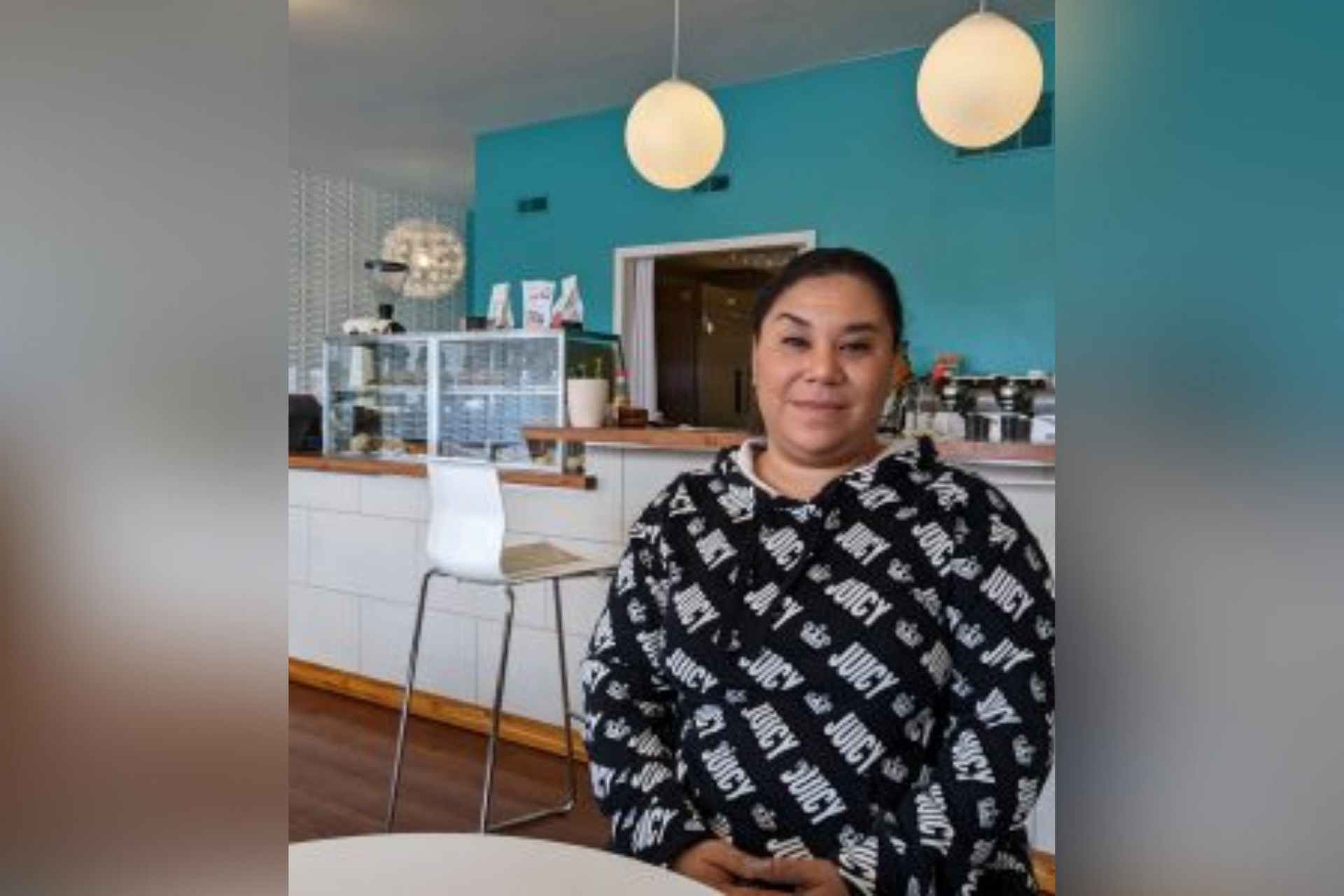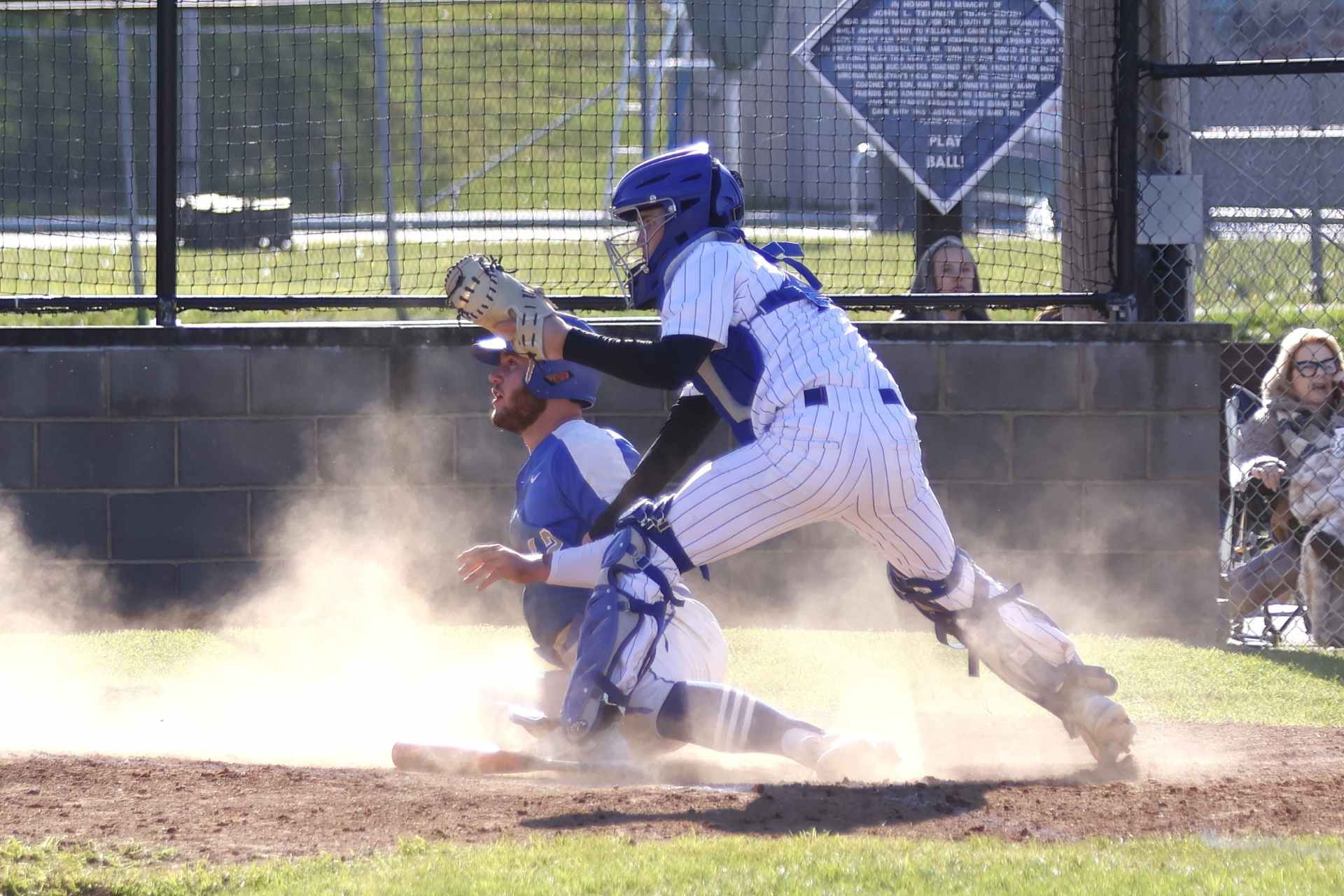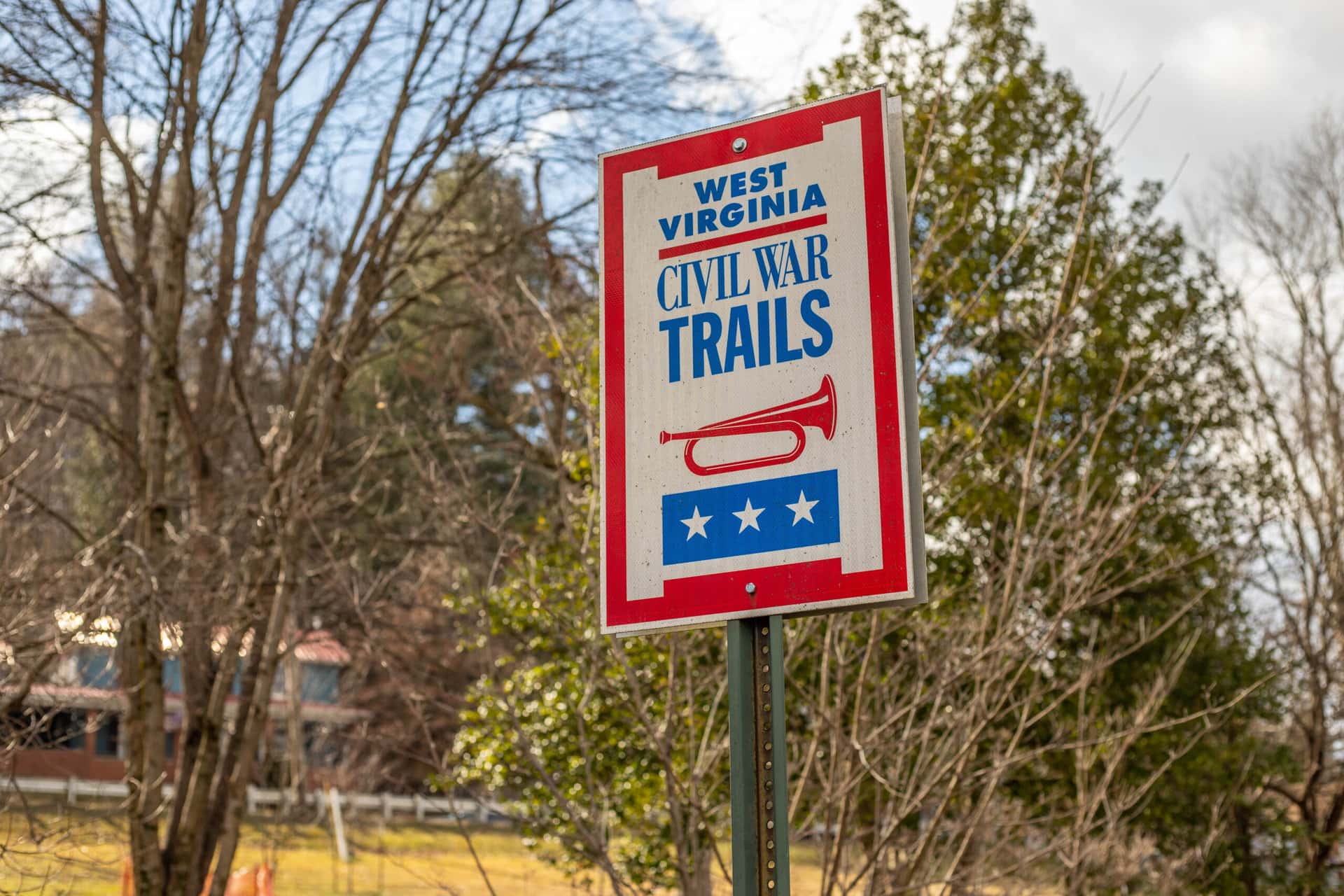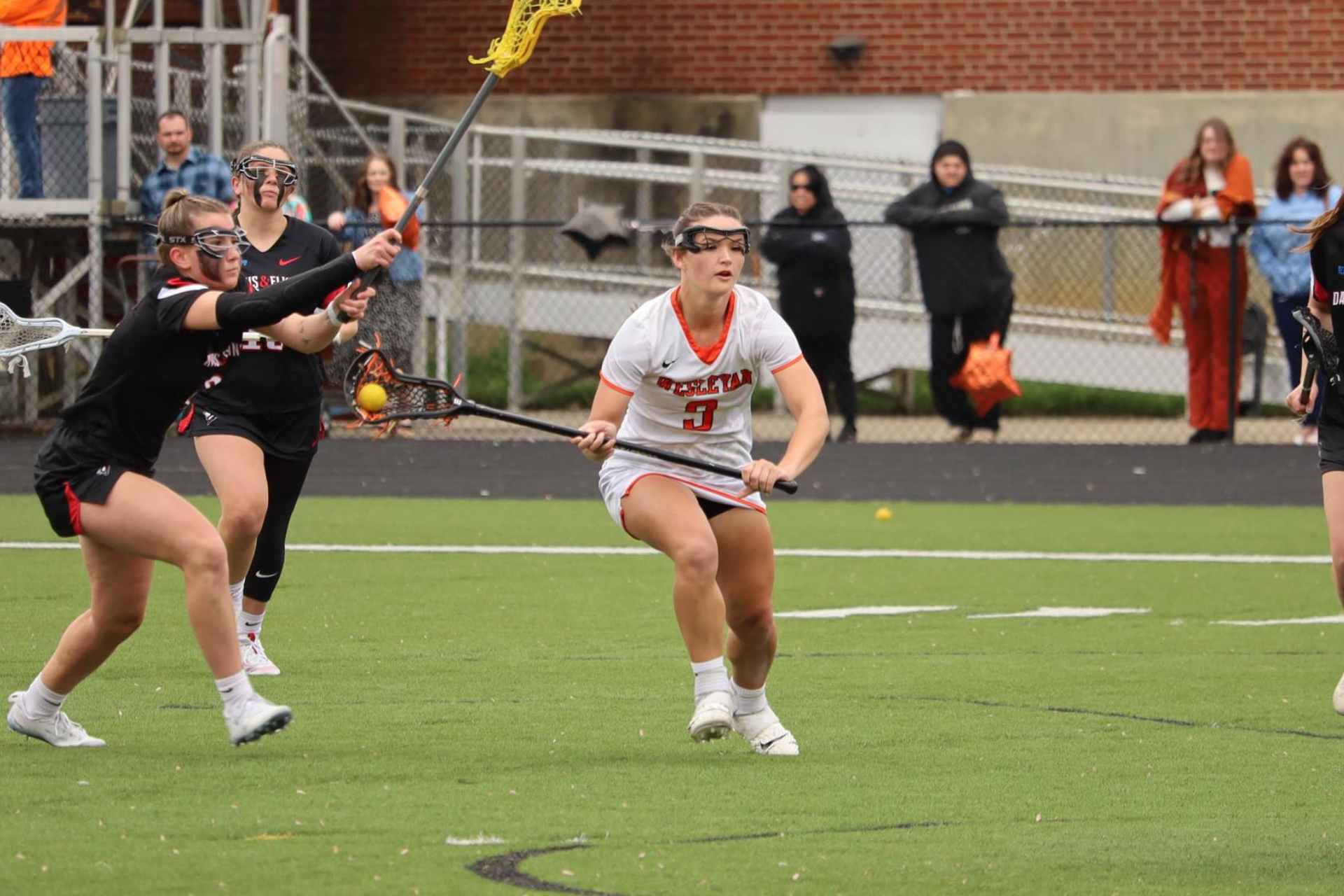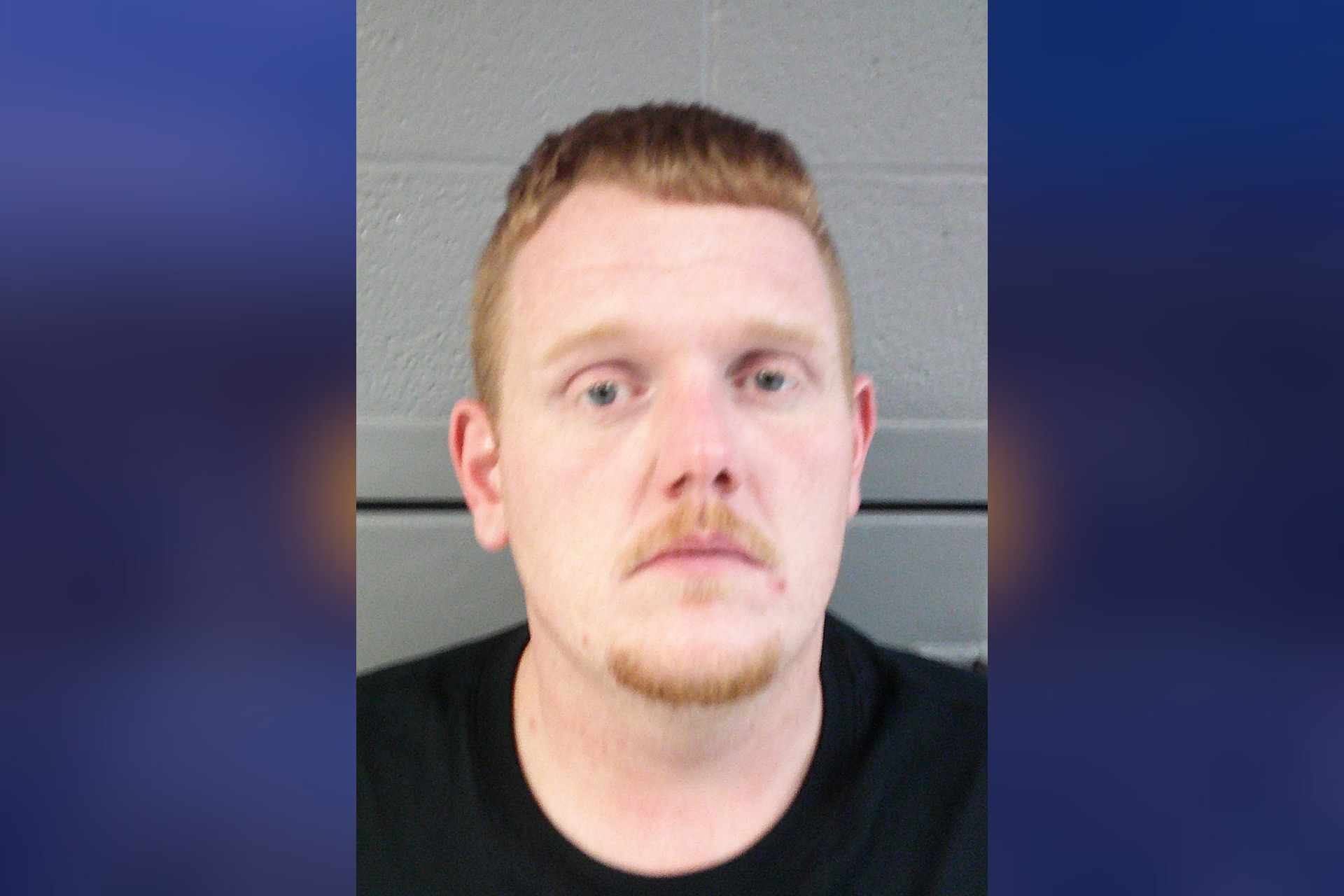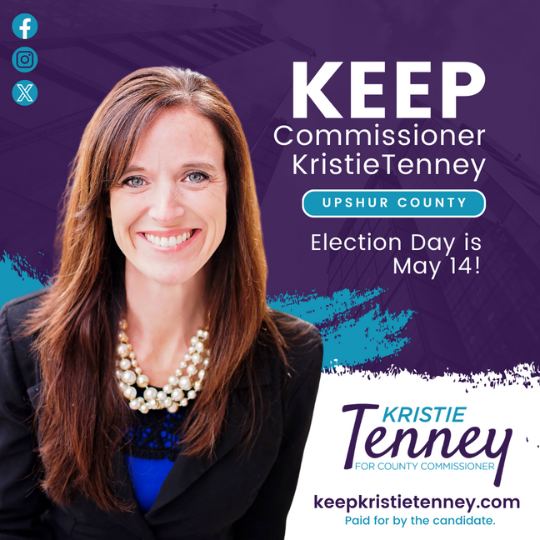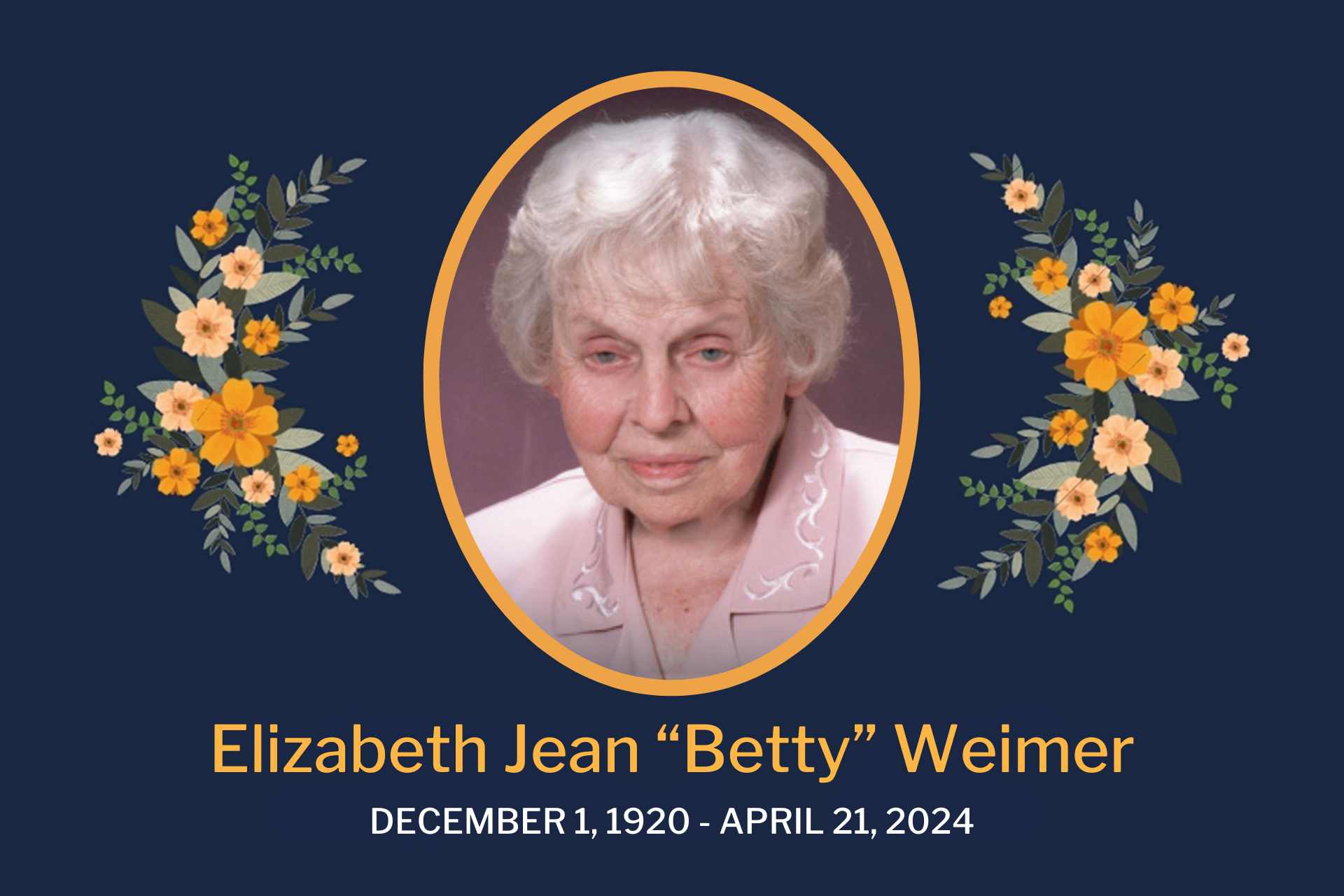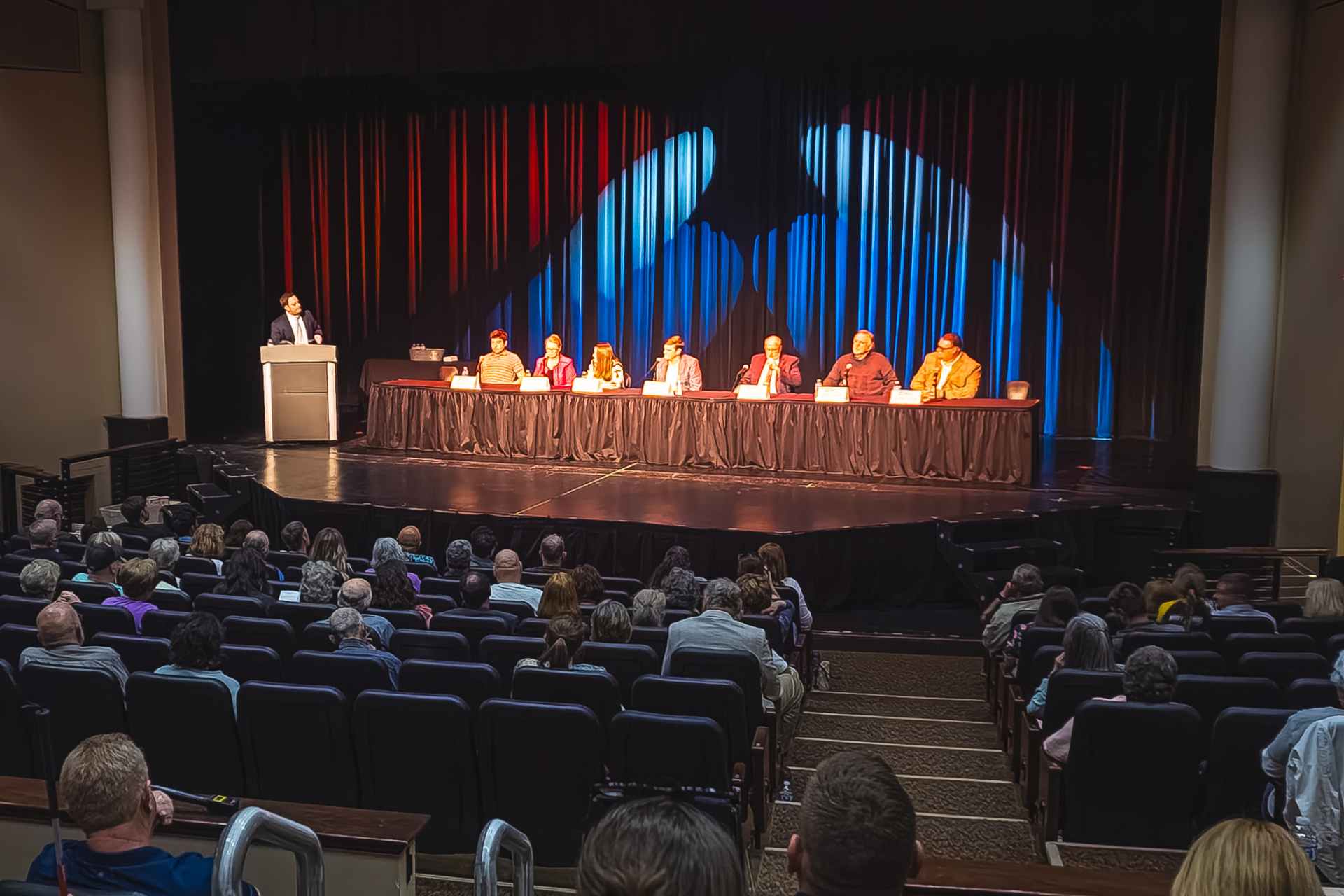Editor’s note: This story was originally published by Mountain State Spotlight. Get stories like this delivered to your email inbox once a week; sign up for the free newsletter at https://mountainstatespotlight.org/newsletter
By Quenton King, Mountain State Spotlight
Charleston resident Lakiesha Lloyd came out of her first stint in the U.S. Army with several lingering problems. Nerve damage caused her to temporarily lose the use of her arm, and required specialized medical care and rehabilitation. She was ping-ponged among different doctors who disagreed about whether she had post-traumatic stress disorder. And she was left to navigate a complicated veterans health care system.
“But luckily, I was able to finally get a good doctor. I was able to luckily in the end, after 20 years of battling with all this stuff — mental and physical — I was able to get a hold of some good doctors,” she said. “That’s the unfortunate part. I’m the exception, I’m not the rule.”
Lloyd’s needs, including women’s health care and mental health care, are representative of the needs of a growing number of American veterans. In West Virginia and nationwide, the massive Veterans Affairs health care system is grappling with how to fulfill the promises the country made to care for former service members. But that’s growing more difficult as the overall veteran population shrinks and future veterans are projected to face very different challenges than they have in the past.
“The system was built for something that existed 80 years and just doesn’t exist [anymore],” said Todd Fredricks, a U.S. Army veteran and professor of medicine at Ohio University.
That’s the rationale behind a recent government plan to streamline the entire VA health care system, closing hospitals and clinics across the country. In West Virginia, certain medical services like inpatient surgeries and VA emergency rooms are on the chopping block, which has drawn criticism from politicians, veterans and veterans’ advocates. But experts say the reality is that the VA will have to do something to alter its services for a geographically dispersed and smaller population, whether or not it’s the recommendations in the recent report.
The plan
With voluntary military service, the aging of World War II veterans, and smaller global conflicts, nationally the number of U.S. veterans has shrunk in recent years. Even in West Virginia, a state that boasts a higher than average percentage of veterans than other states, the numbers are on the decline.
In 2018, there were approximately 144,000 veterans living in West Virginia. By 2048, the VA expects there to be only 80,000.
The veterans of the future will look a lot more like Lakiesha Lloyd, a Black woman, than those of the past. The VA projects that within the next 30 years, the number of women veterans in West Virginia will actually increase while male veterans decrease. And it expects to see a 61% increase in the number of non-white veterans in the state over the same time period.
All this means veterans will need certain types of care — including addiction treatment centers, elderly services, and more women’s reproductive health care. And the VA predicts there won’t be as much of a demand for services like inpatient surgeries.
“It really is a supply and demand issue, trying to balance where veterans live, how the VA can be in all places, all the time when veterans are displaced geographically,” said Carrie Farmer, co-director of the RAND Epstein Family Veterans Policy Research Institute. “And the needs of veterans are changing. It is a hard task. It’s this balancing act ensuring veterans can access care.”
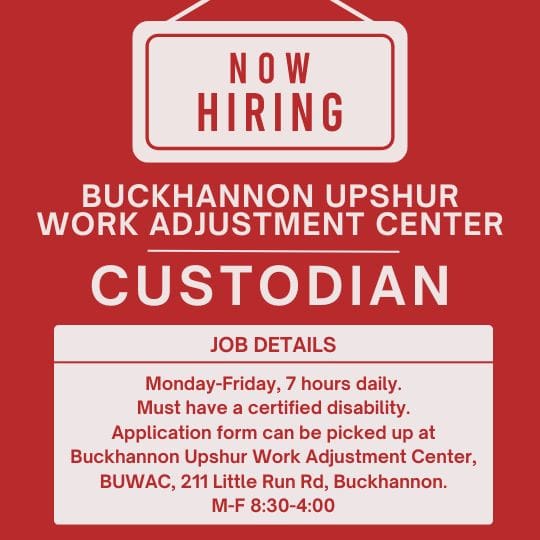
This is a particular challenge in rural states like West Virginia. Rural veterans health facilities tend to see fewer patients than urban ones, especially when it comes to inpatient surgeries, according to the VA. That’s why part of the government’s proposal includes shuttering many underused emergency departments and inpatient surgeries at VA medical centers across the country. In West Virginia, three of the state’s four VAMCs — Beckley, Huntington and Clarksburg — would lose these services under the plan. And the plan also affects smaller outpatient VA posts in the state.
But Farmer says it doesn’t serve veterans’ health care needs to maintain these specialty services in places where they aren’t in high demand, either. That’s because the more often a doctor performs surgeries or treats patients, the better the outcome for their patients.
“If there’s a small hospital that’s not used very often, [quality of] care can decrease. Volume of care is related to quality of care,” she said.
Questions remain
While the VA has concluded it needs to change the overall veterans health care system, there’s still no final decision on what changes will be made where.The commission tasked with reviewing the recommendations has to give President Joe Biden a final report next year, and then he will make a decision on whether to submit it to Congress for final approval. And there are still lingering questions that remain.
Opponents of the VA recommendations point out the proposed changes will hurt veterans in rural areas who will have to drive further for care. They also note that according to a Government Accountability Office report, the VA didn’t take into account the quality of private care in a community or even whether providers would accept an influx of new patients. And those providers may not be able to handle the unique experiences of veterans and veteran culture.
“[Vets] are going to be forced into these regional medical centers across the state that weren’t designed for that,” said Ted Diaz, secretary of the West Virginia Department of Veterans Assistance. “One, they weren’t designed for that patient capacity. And two, they’re not trained in how to care for specific, wartime injuries, whether that be blast, bullet, fire, and the mental anguish that comes with that. They’re not trained for that.”
For Lakiesha Lloyd the VA is an institution that, for all of its flaws, is an integral part of reintegrating into civilian life and healing some of the chronic pain caused by years of military service.
She’s had visual reminders of that pain since she was a child. Her grandfather enlisted to serve in World War II, where he suffered a mortar blast and was whisked away to a military hospital that itself was attacked. He lived the rest of his life with pieces of shrapnel in his face that discolored his skin over time.
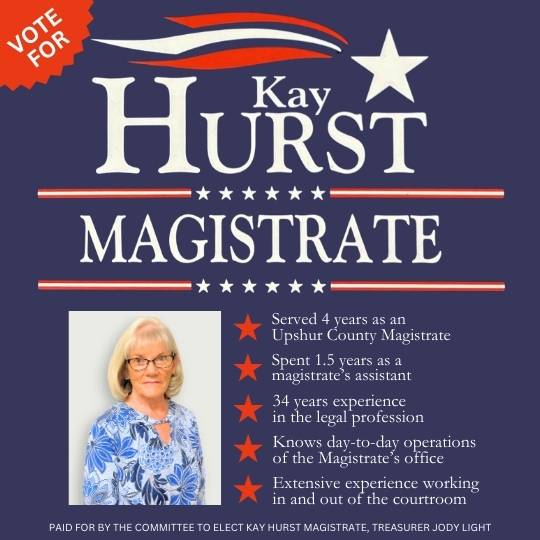
She says military service is a part of her family’s DNA. In addition to her grandfather, her mother served, as did some of her uncles. Lloyd enlisted at 17, and she recently signed the forms to allow her own 17-year-old to start the enlistment process.
“When it comes down to it, we are a serving family,” Lloyd said.
Despite her problems accessing health care through the VA system in West Virginia, she’s skeptical the government’s proposed changes will benefit her. Though it took work, she’s found a way to get the help she needed through the current system.
After years of debilitating pain, a couple of years ago Lloyd got VA approval to get a neurostimulator implanted at the Marshall University neurosurgery department.
“And now I actually have quality of life again. I can actually get up and run around with my kids and have fun.”
Reach reporter Quenton King at quentonking@mountainstatespotlight.org.
